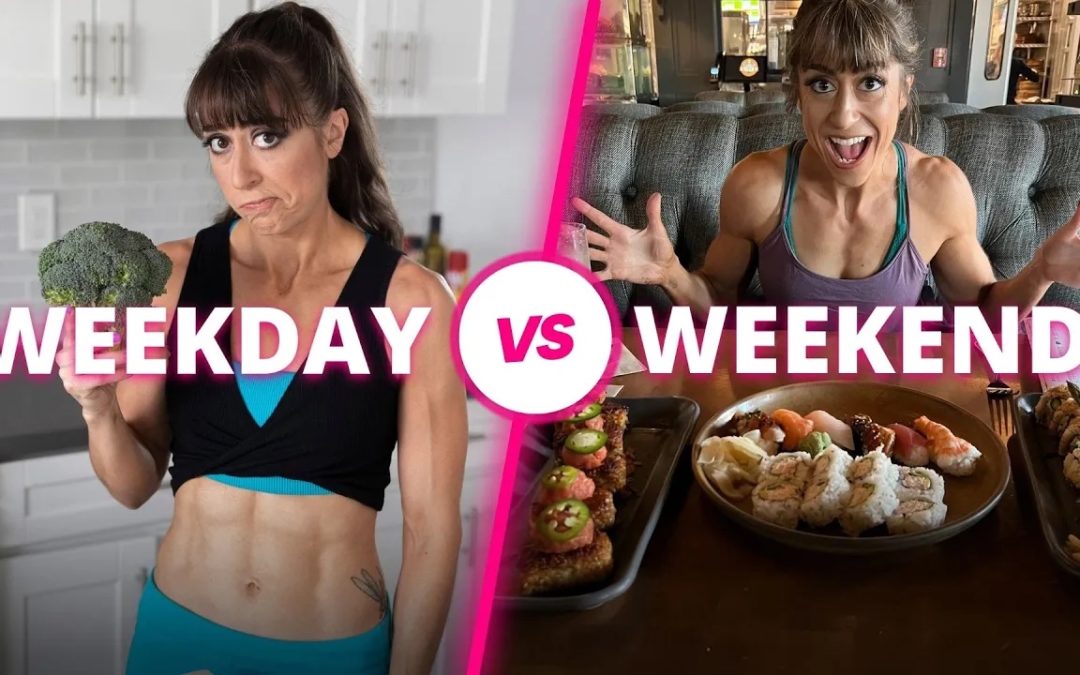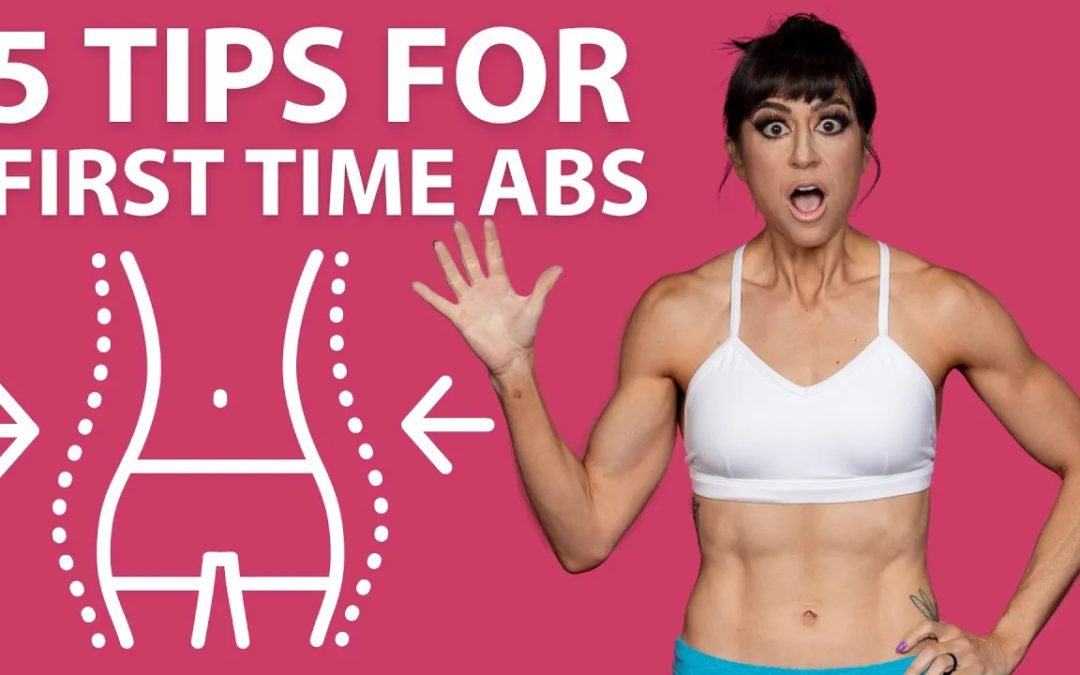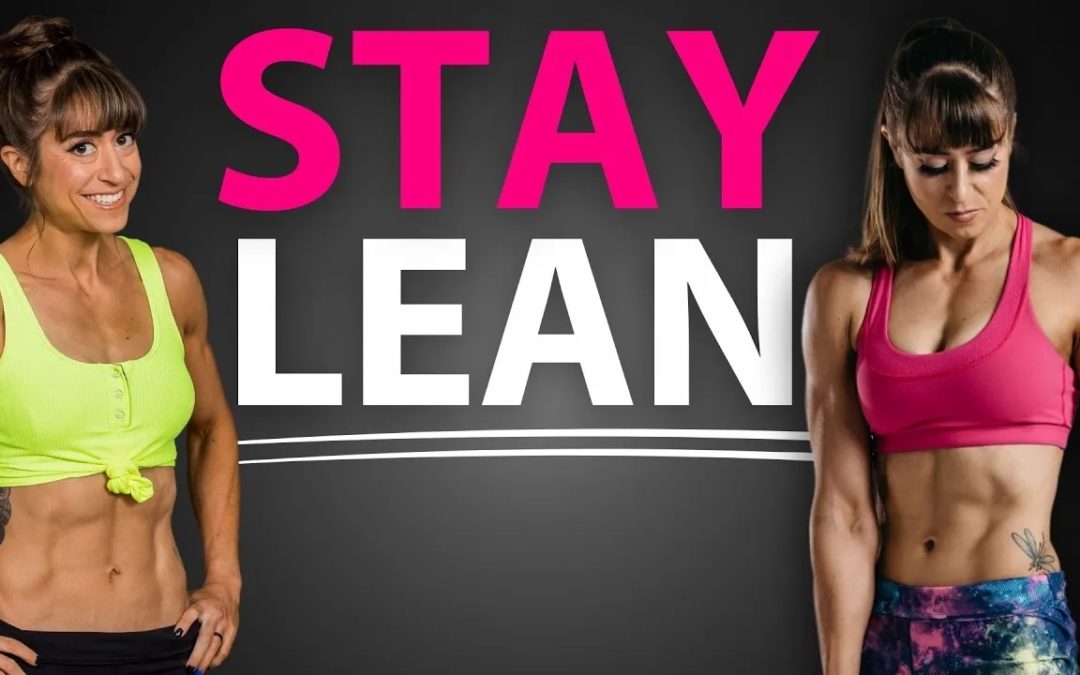
by Cori Lefkowith | Sep 17, 2023 | Blog, Diet, Exercises
I’ve made all the mistakes when it comes to trying to lose fat, gain muscle and create a sustainable lifestyle. But I like to think all of my…interesting experiments…weren’t for nothing. Because I’ve made so many I can help my clients avoid making those same mistakes...

by Cori Lefkowith | Sep 10, 2023 | Blog, Diet
“But I was good all week!” Have you thought this after stepping on the scale Sunday morning to weigh in only to be disappointed by the result? Many of us have….we feel like we’ve worked hard all week to not see the results we feel we deserve! That’s why I wanted to...

by Cori Lefkowith | Jul 23, 2023 | Blog, Diet, Workouts
Our metabolism does slow down as we get older. But so much of the metabolic slowdown that we blame on age is actually due to lifestyle factors we can CHANGE adding up. We have to remember that nothing works forever. And often what we “got away with” even when we are...

by Cori Lefkowith | Jun 6, 2023 | Blog, Diet
So you want to see your abs…Here’s what you need to know. I’m going to tell you right now that often the first time you attempt to get leanleanthe process is often more difficult than you’d expect. There are going to be mistakes, frustrations and it’s going to take a...

by Cori Lefkowith | May 28, 2023 | Blog, Diet
Let’s be real here…. You want to be lean and strong to perform your best for the rest of your life. Falling into old habits is the quickest way to lose your progress. You need to create a lifestyle built off of habits you can maintain. That’s why these 6 nutrition...






